Journalists and/or crew being deployed to such incidents will be required to take instructions from the emergency services in attendance i.e. the police, fire brigade, ambulance service, and they should be the first point of contact for safety arrangements at the scene.
What Can Go Wrong?
- Burns
- Injuries from being struck by falling debris and falling objects
- Unsafe structures
- Smoke and dust inhalation
- Exposure to chemicals
- Emergency Vehicle movements
- Crush from large or sudden crowd movements
- Asbestos
- Noise and explosion
Legal/�������� Requirements
- Secure the fire risk assessment for the building where possible.
Control Measures
General Controls
- Approach with caution if first on the scene and park safely at incident site. Position vehicle so it can be moved at short notice and does not obstruct emergency vehicles.
- Contact the Incident Control if available to get information on hazards at site.
- Select position upwind of fire / smoke.
- Position yourself to allow easy evacuation if needed. Agree an evacuation strategy with your team and have primary and secondary assembly points identified.
- Keep up to date with developing incident and be ready to evacuate if conditions change.
- Avoid self-deploying to these sort of events without proper permission from base.
- Ensure good communications back with base.
- Cordons set up by emergency services must be respected.
- Wear natural fibres for fire resistance. Cotton (including denim) and wool are best. Avoid gortex jackets and fleeces.
- Avoid breathing in smoke and dust.
- Use an FFP3 rated dust mask (available from Safety Equipment Stores) to get out of any area which becomes engulfed by smoke (this is not to enable longer stays in a smoky area – only to escape).
- If an incident develops, follow instructions from emergency services but also pay attention to crowd movement and any developing situation that may not be known to them.
- Position away from loud noises and consider use of hearing protection.
- Covering these types of events can be quite traumatic. If you’re troubled by anything that you experienced or saw then you can contact the EAP Programme
Building Fires
- Avoid standing directly below fire / incident or immediately down wind. Particularly in a tall building fire where windows and other debris can fall around the site.
- If there is a concern over asbestos - shower and change clothes without shaking them out.
- All contaminated clothing should be bagged (and sealed) and either disposed of as asbestos waste or sent to specialist laundry.
- If it is a commercial or industrial site be conscious there may be chemicals and other toxic substances in the fire. Cyanide has been a problem in previous tower block fires.
Bush and Wild fires
- Bush and Wild fires are often made up of multiples fires and can be very unpredictable.
- You must make contact with emergency services and follow their instructions. Do not get close to the fire if it is unsafe.
- Wind directions can change quickly so make sure you keep up to date with weather forecasts.
- Ensure you have good comms in place and somebody knows where you are at all times
What to do if you get caught in a Bush or Wild fire while in the car:
- If you can, U-turn to safety and leave the area
- Do not get out and run - stay in the vehicle
- Park in a large clear area, away from trees and long grass
- Turn on headlights and hazards lights
- Close windows and vents. Get below window level
- Cover exposed skin with a dry woollen blanket
- Wear dry, natural fibre clothing
- When the fire has passed, get out of the car
What to do if you get caught in a Bush or Wild fire while outdoors:
- See refuge behind a rocky outcrop or high wall, in cave, gully or large animal burrow, in a large clear area away from trees and grass or in large dam or lake
- Avoid slopes and hill tops - avoid being above a fire
- Do not seek refuge in above ground tanks or above ground pools
- Cover exposed skin with dry natural fibre clothing.
Division Specific Issues
- No division specific issues.
FAQs/Did You Know?
- Special hazards include explosives, pyrotechnics, fire effects and practical flame and must be overseen by competent persons or preferred contractors.
Useful Documents
Useful Links
Dangerous deployment topics
-

Disaster Coverage
A guide to covering disasters. -
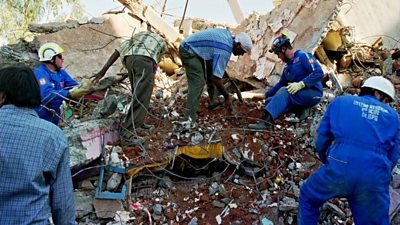
Disaster Coverage - Health Aspects
A guide to health risks when visiting areas subject to natural or man-made disasters. -
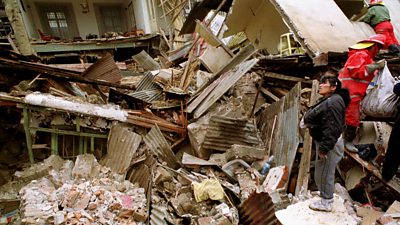
Earthquakes
A guide to working in areas affected by earthquakes. -

Fires - Buildings and Bushfires
A guide to deployments of journalists and crew to large building fires and bushfires. -
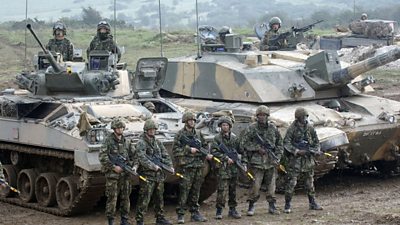
Hostile Environments
Hostile Environments and Travel Advisory information and Country List -
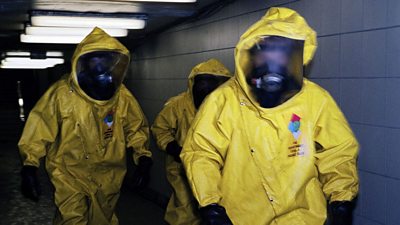
Industrial Spills and Chemical, Biological, Radiation Hazards
A guide to chemical, biological and radiation related hazards. -
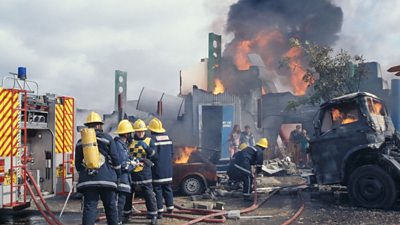
Trauma and PTSD
A guide to dealing with trauma or a traumatic event. -
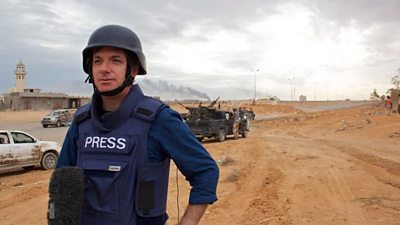
Safety Equipment Stores
Our safety equipment store details -

Terrorist Bomb Incidents
A guide to covering bomb story threats
Fire topics
-
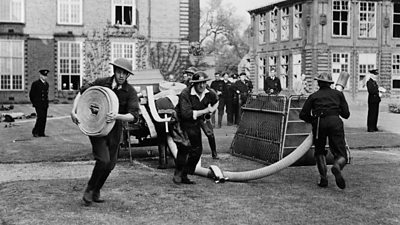
Building Fire Manual
Sets out the recommended contents of a building fire manual to be kept in each premises. -

Fires - Buildings and Bushfires
A guide to deployments of journalists and crew to large building fires and bushfires. -

Fire Precautions for Studios
Guideline describing the main fire safety issues to consider when working in studios, including fire treating of sets, audience seating, cooking risks and smoking on set. -
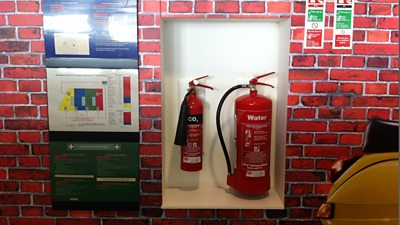
Fire Prevention Principles
The most important element of Fire Safety is fire prevention -
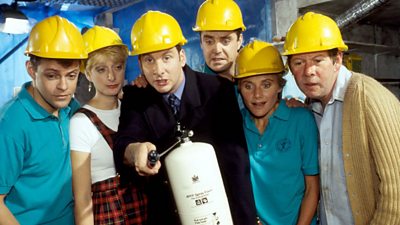
Fire Safety in �������� Buildings
A summary of the way that fire safety is managed in �������� Buildings and the individual’s role in the management of fire. -
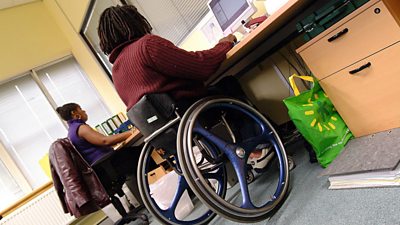
Personal Emergency Evacuation Plan (PEEP)
Guideline describing the measures to take to ensure those who need it can get assistance to evacuate a premises during a fire or other emergency.
More from SSR
-
Your platform to record accidents, risk assessments, assurance monitoring and inspections
-
Safety Equipment Stores
Just one number to call: 020 3614 5155 -
�������� Safety Guidelines
An A-Z of ��������'s Health and Safety Guidelines -
Safety Advice Line: 0370 411 0464 Email: safety@bbc.co.uk
- A-Z of �������� Safety Guidelines
- Accident Reporting and Investigation
- �������� Health & Safety Policy
- Contractors (incl. vetted lists)
- Contributors
- Fire Safety
- Freelancers
- Independent Production Companies
- Risk Assessment
- Safety Alerts
- Safety Responsibilities
- Safety Training
- Sets & Premises Safety Guide
Events guidance - key links:
- Exhibitions
- General Guidance
- Indoor Location Recce Checklist
- Outdoor Location Recce Checklist
- Major Incidents & Emergency Planning
- Marketing and Promotional
- Noise Exposure
- Planning and Management
- Responsibilities
- Responsibilities Form
- Laser Lighting Effects
- Strobe Lighting
- Temporary Stages and Rostra
Health topics - key links:
- (�������� network only)
- Contributors Fitness to Participate
- Display Screen Equipment (DSE)
- (�������� network only)
- First Aid and Welfare on Location
- International Travel - Risks & Health
- Manual Handling
- Mental Health: ��������page
- (�������� network only)
- Personal Health and Wellbeing
- Pregnancy
- Psychological Trauma Support & Trauma Risk Management (TRiM)
- Tiredness and Fatigue
- Travel Health Contacts
�������� High Risk - key links:
- CBRN and Industrial Spills
- Covert Filming
- Crisis Management and Security Support
- Demonstrations, Protests and Crowds
- Disaster Coverage
- Door Stepping
- (�������� network only)
- (�������� network only)
- Public Order
- Safety Equipment Stores
�������� Journalism - key links:
�������� Productions - key links:
- Aerial Filming and Airfields
- Animals: Displaying and handling for performance
- Boats: Working on
- Children and Young People
- Driving
- Electrical Equipment and Systems
- First Aid and Welfare on Location
- Food Safety (Cooking and Catering)
- Remote Location Working
- Roads and Streets: Working by
- Security of Productions on Location
- Stunts
- Tiredness and Fatigue
- Unmanned Aerial Systems (UAS aka Drones)
- Vehicles: Recording in, from and around
- Working at Height: Mobile Elevating Work Platforms
- Working at Height: Tower Scaffolds
�������� Radio - key links:
- (�������� Network only)
�������� Security - key links:
�������� Sport - key links:
About this site
This site describes what the �������� does in relation to managing its health, safety and security risks and is intended for those who work directly for the ��������.
It is not intended to provide instruction or guidance on how third parties should manage their risks. The �������� cannot be held liable for how this information is interpreted or used by third parties, nor provide any assurance that adopting it would provide any measure of legal compliance. More information
Some links on this site are only accessible when connected to the �������� network
